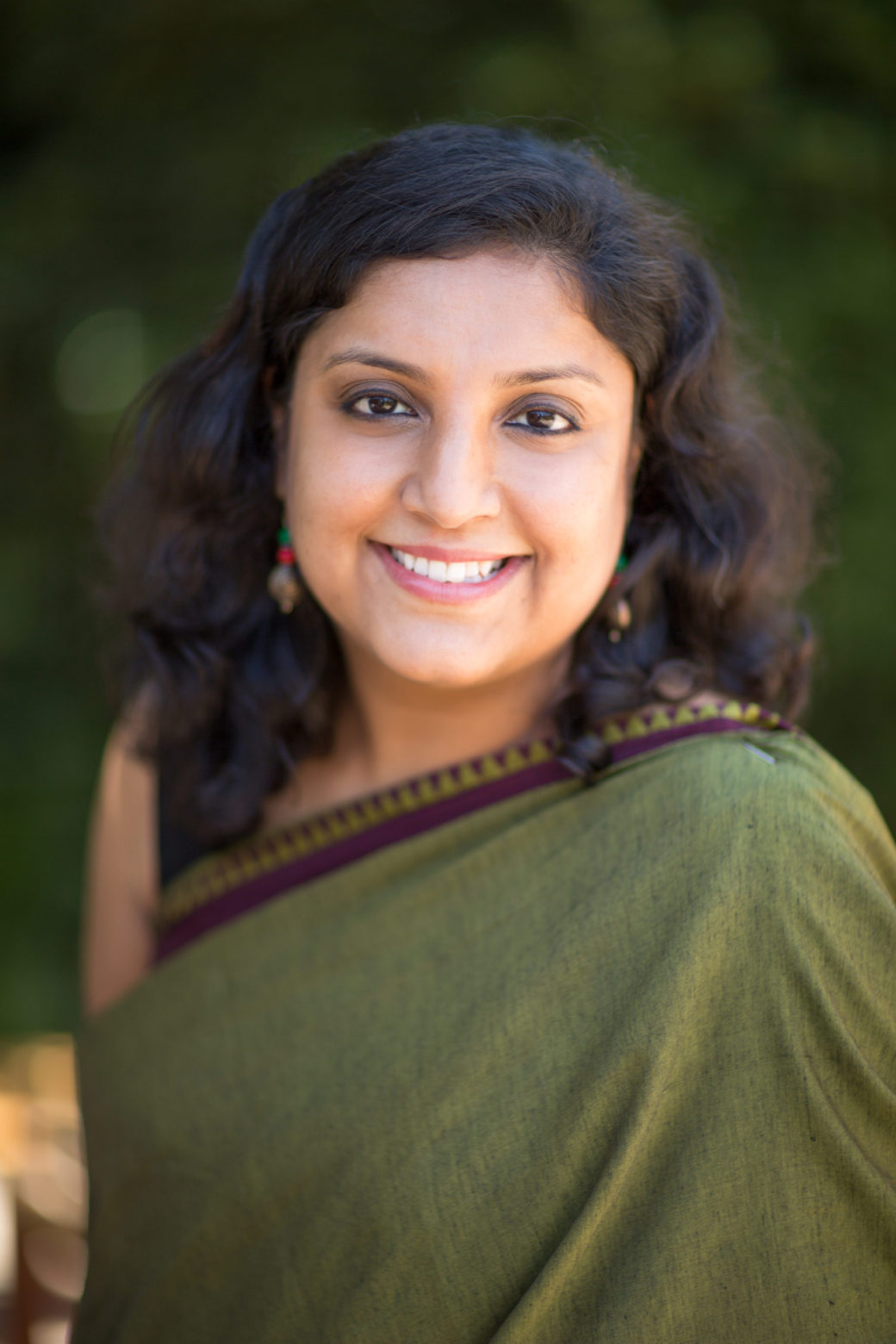If you’d like to plan for the future and bring peace of mind to yourself and loved ones, you can engage in end of life decision-making while you’re still of sound mind and body. In…
Shaaranya Geetanjali Chakraborty’s health journey includes many stops along the way before finding Ayurveda. Not only did the ancient tradition of medicine cure her of chronic constipation and eczema but it changed the course of…
This episode features personal stories about how the use of essential oils has helped with a variety of conditions including depression, anxiety, fibromyalgia, fatigue, post-surgical pain and post cancer treatment. If you’re interested in deepening…
Three stories about people taking on physically and emotionally challenging adventures. Joe Akmakjian, who lives with Spinal Muscle Atrophy (SMA), is the first adult MDA National Ambassador. Joe celebrated his 24th birthday by jumping out of…
Research findings from the Aging and the Quality of Life survey — conducted at University of Washington’s Rehabilitation Research & Training Center — report higher quality of life associated with a disabled person’s higher level of self-reported…
Jivana Heyman — registered yoga therapist and teacher — talks about the origin of the Accessible Yoga organization and the upcoming conferences in New York and San Francisco. Want to know what Accessible yoga is…
This podcast episode explores the experiences of six people who have used medical cannabis for a variety of conditions including cancer, depression, muscular dystrophy, fibromyalgia, chronic fatigue syndrome, bone fracture, and bipolar disorder. There’s a…
The Science of Yoga
- April 11, 2017
- Tagged as: anxiety, autoimmune condition, cancer, depression, diabetes, meditation, stress, yoga
In this episode my guest, Murali Ventkatrao, discusses the yogic perspective on health and current scientific research exploring how yoga, pranayama (breathing), and meditation affect human physiology and has the potential to treat many pervasive…
It’s time to mix things up…just for this episode. I explore the fine art of complaining…and I complain a little. No whining though. Conversations with Toni Bernhard, Mike Hamlin, and Laurel Roth Patton included. Enjoy!
Dr. Lamar Hardwick is a pastor in LaGrange, Georgia as well as a man diagnosed with Asperger’s Syndrome – a condition on the autism spectrum. Listen to this interview with Lamar, check out his blog,…








